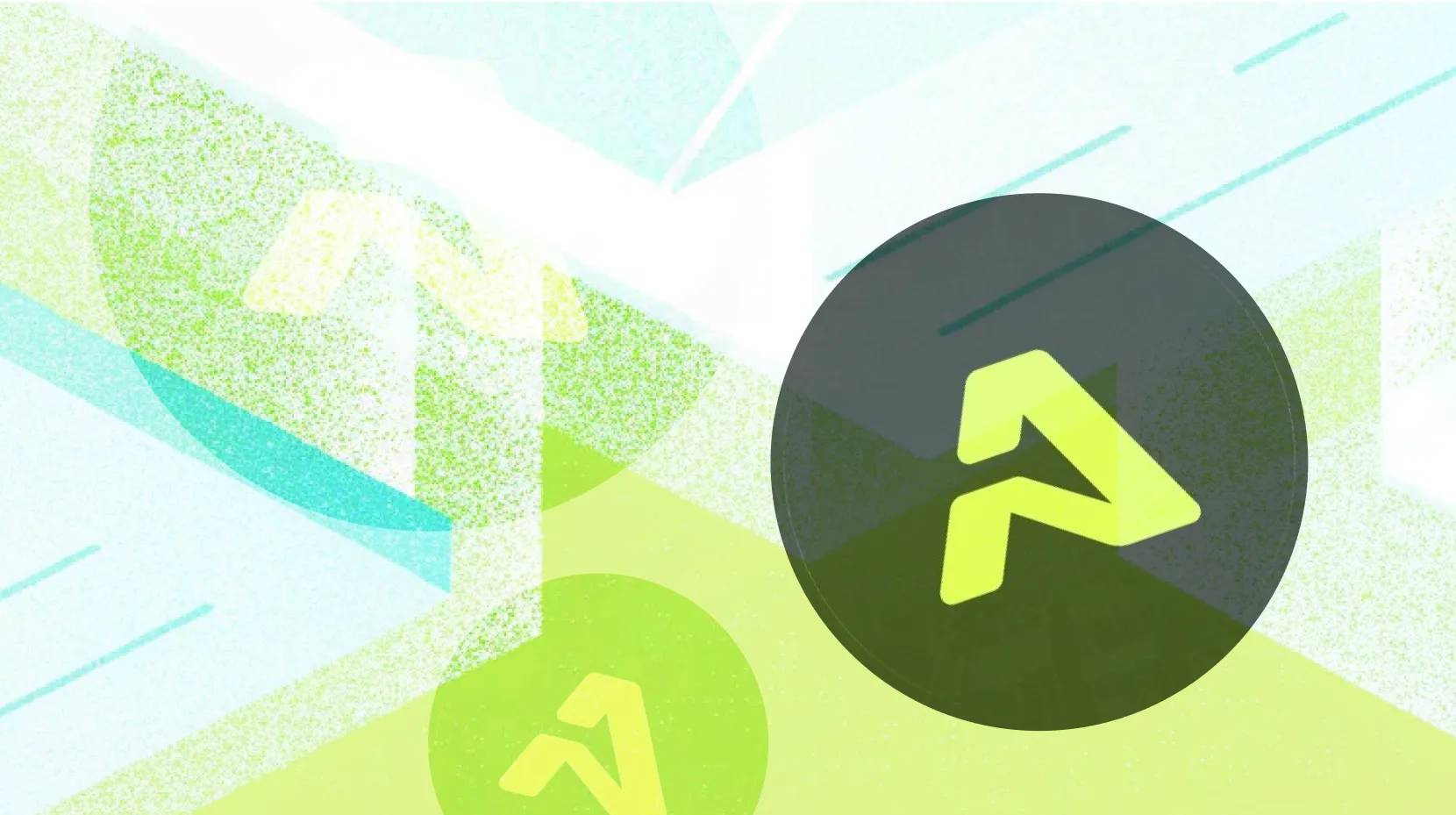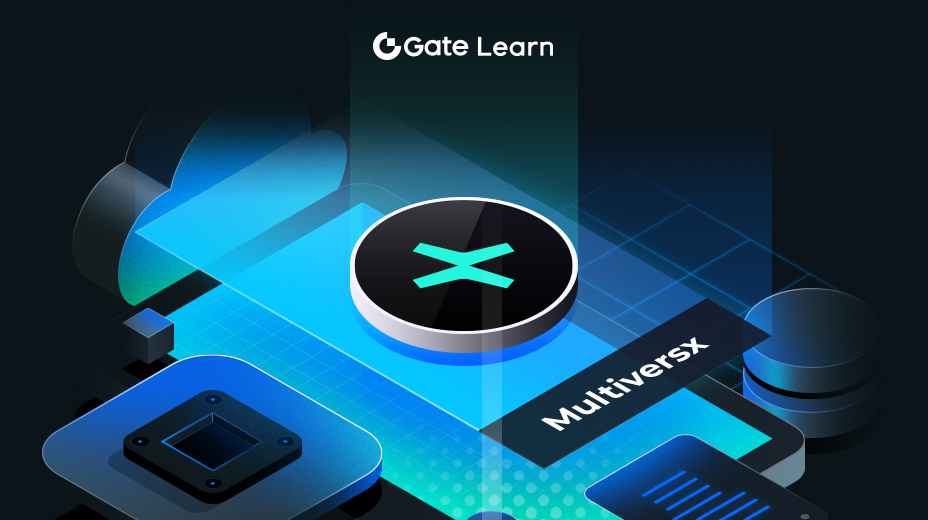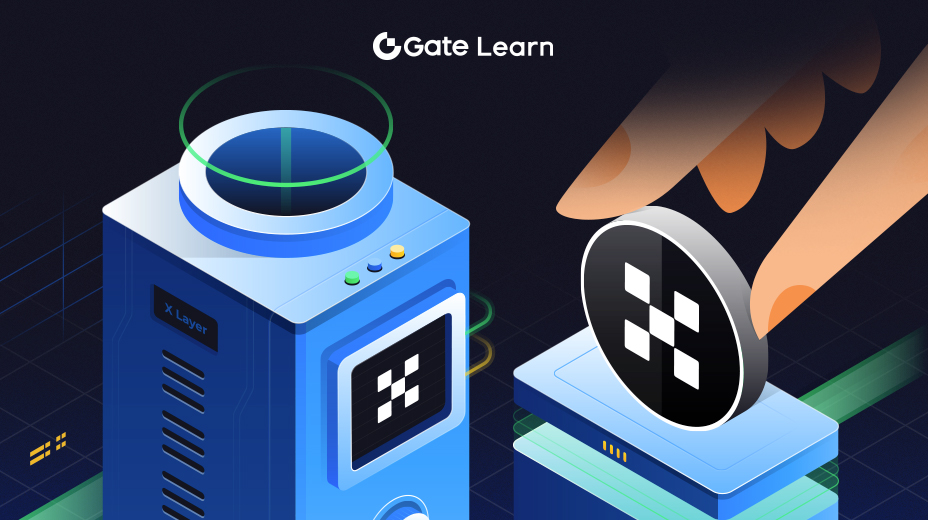The Graph 的代币(GRT) - 代币经济与治理
了解GRT的代币经济学、索引器(Indexer)的关键角色以及网络的质押和奖励机制,对于任何参与The Graph网络的人来说都是至关重要的。The Graph对新技术的持续适应和整合,彰显了其推动去中心化数据领域发展的承诺。
GRT 代币经济模型的深度分析
该协议中抵押的 GRT 会经历一个解冻期,并且如果索引提供者(Indexer)恶意地向应用程序提供不准确的数据或者索引错误的话,它们的 GRT 可能会被削减。但是,策展人(Curator)和委托人(Delegator)不会因为不当行为而被削减,但是他们需要支付一笔押金税来阻止不负责任的决策,以免损害网络的完整性。选择在低质量subgraph上进行策展的策展人也会获得较低的查询费用,因为需要处理的查询较少,或者处理这些查询的索引者较少。

查询市场
由于消费者(即应用程序)支付查询费用,预计总费用将远低于运行服务器和数据库的成本。抵押GRT的索引器在查询市场中运作,通过为索引服务和为subgraph 提供查询(例如在Uniswap.info上提供Uniswap交易数据)来赚取查询费用。这些查询的价格将由索引器设定,并根据索引 subgraph 的成本、查询需求、策展信号的数量以及区块链查询的市场价格而有所不同。

The Graph(GRT)在一个复杂而动态的代币经济环境中运作,这对于维持其去中心化的索引和查询区块链数据的协议至关重要。
- 初始供应量和年发行量:网络以100亿GRT代币的可观初始供应量开始,引入了3%的年发行率。这种发行是一种重要的机制,用于补偿网络贡献者,特别是索引器,他们在组织和提供对区块链数据的访问方面起着重要作用。
- 代币销毁机制:The Graph采用了多种机制来管理其代币供应并创造经济平衡。其中关键的机制之一是通过委托税、策展税和部分查询费用来销毁GRT代币。这些机制对抵消新代币年发行引起的通胀压力至关重要。
- 消减惩罚和激励机制:为了维护网络的完整性,索引器面临着对任何恶意行为或数据不准确性的惩罚。这不仅确保了网络的可靠性,还在参与者中树立了责任感。奖励和惩罚之间的平衡经过精心调整,以使网络参与者与The Graph提供准确和去中心化数据访问的总体目标保持一致。
成为一个高效的索引器
在The Graph 网络中,索引器的角色是多方面的,既涉及技术熟练程度,也涉及战略决策。
- 技术和运营要求:要成为一个索引器,必须对区块链技术有深入的了解,同时具备必要的硬件和软件基础设施。这包括熟练运行Graph Node,管理PostgreSQL数据库,以及了解网络运营的细微差别。
- 经济方面和奖励:索引器的经济激励有两个方面:通过查询费用和索引奖励获取GRT。一个高效的索引器必须在不同的subgraph之间战略地分配资源,平衡权益分配,并保持高质量的数据服务。这些因素共同决定了索引器的收益和对潜在委托人的吸引力。
- 社区参与和治理:积极参与The Graph社区和治理流程不仅被鼓励,而且对索引器的成功至关重要。这种参与确保他们及时了解网络发展和社区标准,影响他们的运营策略和利益相关者关系。
理解质押、奖励和市场动态
The Graph 的网络动态受到其质押和奖励机制的重大影响,这对GRT的市场表现具有直接的影响。
- 质押机制:The Graph网络的质押过程不仅涉及到索引器(Indexers),还包括委托人(Delegators)和策展人(Curators)。每个角色在生态系统中扮演着独特的角色,委托人支持索引器的运营,策展人则协助鉴定有价值的subgraph。
- 奖励系统:The Graph的奖励系统经过精心设计,以使所有网络参与者受益。索引器从查询费用和索引奖励中获得收益,而委托人则获得这些收益的一部分。策展人通过其策展活动获益,对网络的数据质量保证起到关键作用。
- 市场表现与影响:GRT的市场表现受到多种因素的影响,包括网络的采用和使用情况、更广泛的市场趋势和技术进步。与Arbitrum One的整合等发展尤其重要,可能提升网络效率和可扩展性,从而影响GRT的市场动态。
附加见解
- 可扩展性和 Arbitrum 集成: Graph 与 Arbitrum One 的整合是解决可扩展性和高燃气费挑战的重要一步。这一整合将提高网络效率,并可能导致采用率的提高,从而对 GRT 的市场价值产生潜在影响。
- 未来展望与发展: Graph 正在不断发展,计划对网络进行更多改进,如扩大 Arbitrum 上的索引奖励、支持更多区块链网络以及释放新的数据源。这些进步有望巩固 The Graph 在去中心化数据生态系统中的基石地位。

了解GRT的代币经济学、索引器(Indexer)的关键角色以及网络的质押和奖励机制,对于任何参与The Graph网络的人来说都是至关重要的。The Graph对新技术的持续适应和整合,彰显了其推动去中心化数据领域发展的承诺。随着The Graph 的进展,其细致的经济模型、网络参与者的战略角色以及GRT不断演变的市场动态,将继续成为其以去中心化和可访问的方式组织全球区块链数据的使命的核心。





